 Last January 11th, at 05h49 UT, a bright fireball flew above South Spain and Mediterranean Sea, just in front of Granada and Almería coasts.
Last January 11th, at 05h49 UT, a bright fireball flew above South Spain and Mediterranean Sea, just in front of Granada and Almería coasts.
SMART Project’s detectors operated at Calar Alto (Almería), Sierra Nevada (Granada), La Sagra (Granada), El Aljarafe, Seville, Huelva and La Hita (Toledo), registered this event.
Together with those detectors, two external cameras from Calar Alto Observatory also recorded the fireball.
Following the preliminary analysis carried out by Professor José María Madiedo (Instituto de Astrofísica de Andalucía IAA-CSIC), and SMART project's PI, this event had an asteroidal origin, and was caused by a rock which impacted against our atmosphere at an estimated speed of 61.000 km/h.
The luminous part of the phenomena started at an altitude of 71 km above the south of Granada province. Then the object moved southeastward and finished at an altitude of 28 km above the Mediterranean Sea.
The top right image shows the path this fireball followed.
Below are the videos that could be registered with the two external surveillance cameras operated at Calar Alto Observatory in Almería (South Spain).
Calar Alto (CAHA) fireball detection station, together with the one at the Observatory of Sierra Nevada (IAA-CSIC) and others placed at different locations in Spain, are part of the S.M.A.R.T. project led by Professor José María Madiedo (IAA) to track that kind of objects. Specifically, Calar Alto (CAHA) station and the one at Sierra Nevada (IAA-CSIC) constitute a collaboration agreement between the IAA researcher José María Madiedo and both institutions.
 English (UK)
English (UK)
